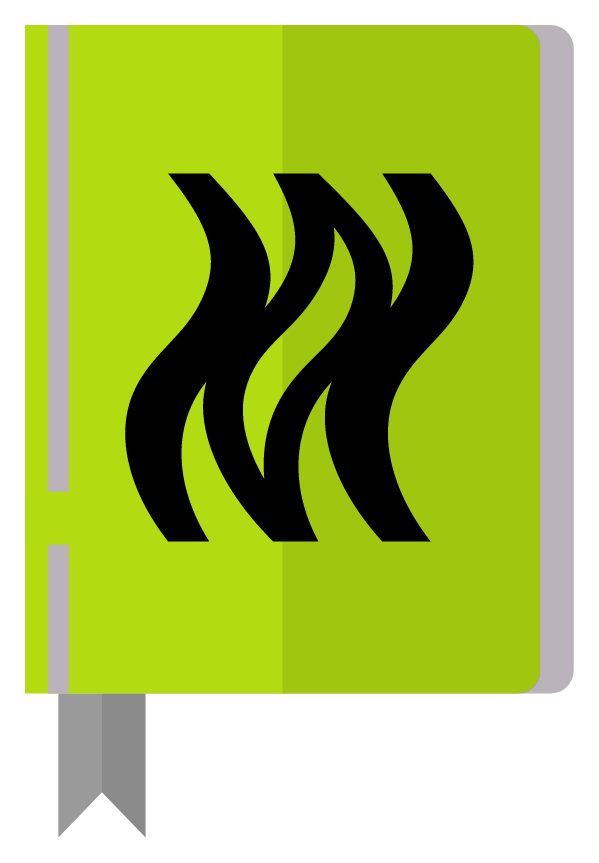Appearance
Kubernetes and Docker
As seen in the System Architecture all our services are containerized and orchestrated by Kubernetes.
Docker
Docker is a platform for developing, shipping, and running applications in containers. Containers allow a developer to package up an application with all parts it needs, such as libraries and other dependencies, and ship it all out as one package. By doing so, thanks to the container, the developer can rest assured that the application will run on any other Linux machine regardless of any customized settings that machine might have that could differ from the machine used for writing and testing the code.
Key Concepts
- Dockerfile: A text document that contains all the commands a user could call on the command line to assemble an image. Using
docker buildusers can create an automated build that executes several command-line instructions in succession. - Image: A read-only template with instructions for creating a Docker container. Often, an image is based on another image, with some additional customization.
- Container: A runnable instance of an image. You can create, start, stop, move, or delete a container using the Docker API or CLI.
Important to know
- Stateless: Containers are designed to be stateless. This means that the container should not store any data that is not stored in a database or other external service. This is because containers are ephemeral and can be destroyed and recreated at any time.
- Single Responsibility: Containers should have a single responsibility. This means that each container should only run a single process. This makes it easier to scale and manage containers.
- Immutable Infrastructure: Containers are designed to be immutable. This means that once a container is created, it should not be changed. If changes need to be made, a new container should be created with the changes.
- Environment Variables: Containers should use environment variables for configuration. This makes it easier to configure containers and allows for configuration to be changed without rebuilding the container.
Kubernetes
Kubernetes is an open-source container orchestration platform that automates the deployment, scaling, and management of containerized applications.
Key Concepts
- Pod: The smallest deployable unit in Kubernetes. A Pod represents a single instance of a running process in your cluster.
- Service: An abstraction that defines a logical set of Pods and a policy by which to access them.
- Deployment: A higher-level concept that manages Pods and ReplicaSets.
- Namespace: A way to divide cluster resources.
- Ingress: An API object that manages external access to services in a cluster.
- ConfigMap: A Kubernetes resource that stores configuration data in key-value pairs.
- Secret: A Kubernetes resource that stores sensitive data, such as passwords, OAuth tokens, and SSH keys.
- Volume: A directory that is accessible to the containers in a Pod.
Important to know
- Load Balancing: Kubernetes provides load balancing. This means that you can distribute traffic across multiple Pods running your application.
- Horizontal Scaling: Kubernetes supports horizontal scaling. This means that you can scale your application by adding or removing Pods based on the load on your application.
- Rolling Updates: Kubernetes supports rolling updates. This means that you can update your application without downtime by gradually updating Pods one at a time.
- Self-Healing: Kubernetes is designed to be self-healing. This means that if a Pod or Node fails, Kubernetes will automatically restart the Pod on another Node.
- Declarative Configuration: Kubernetes uses a declarative configuration model. This means that you define the desired state of your application in a configuration file, and Kubernetes will automatically make the necessary changes to bring the actual state of your application in line with the desired state.
